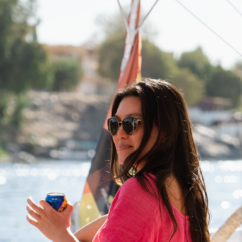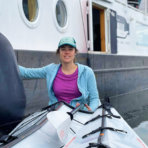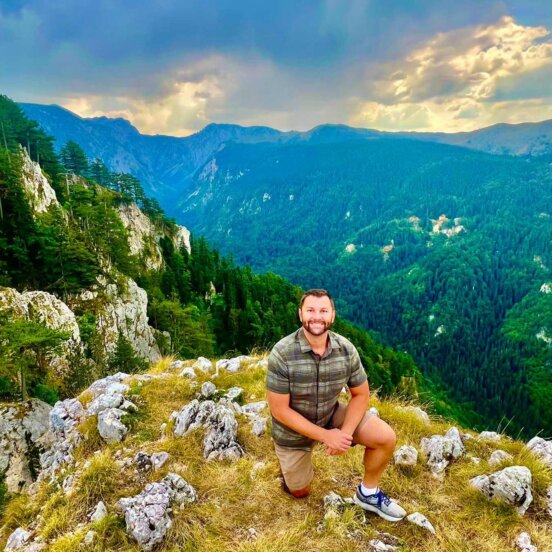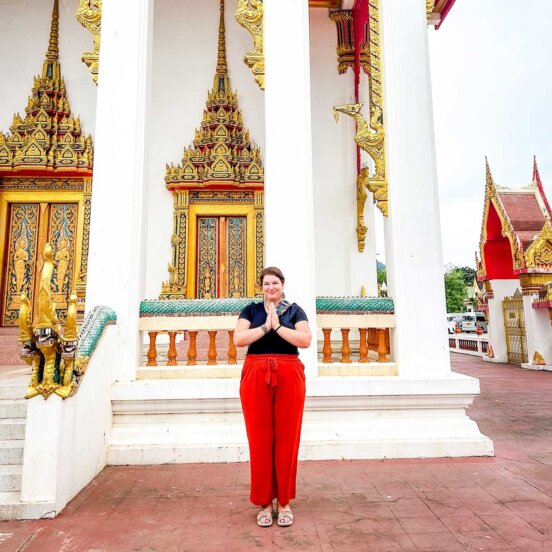I quit my latest kayaking expedition. Here’s why I consider it a success
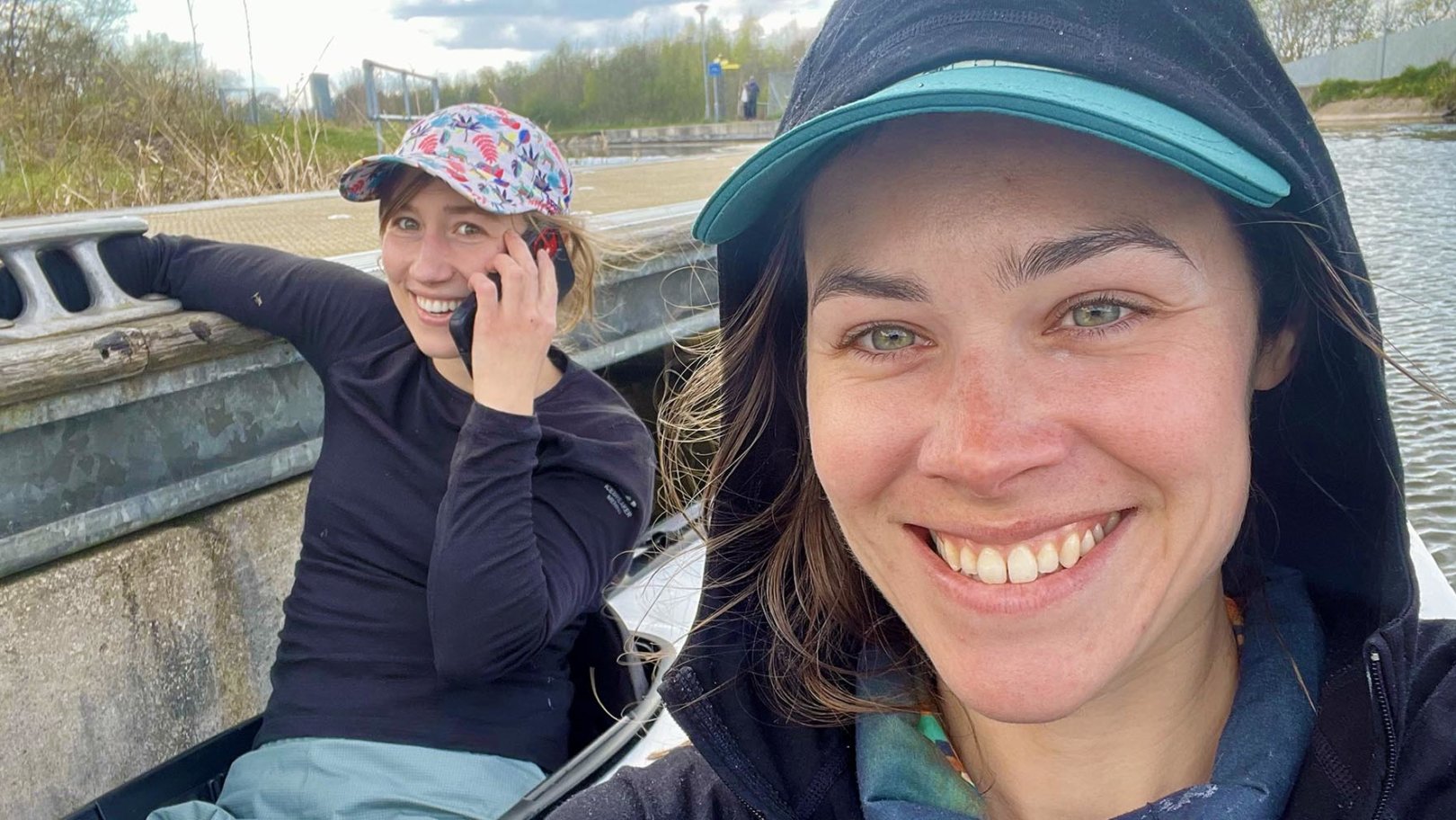
It was the last stretch of a 54-mile paddling trip and pain was shooting between my right elbow and shoulder. A close friend and I were kayaking the Union Canal on a four-day trip from Glasgow to Edinburgh and we had 18 miles to go. The wind was against us, the blue skies from the previous, glorious afternoon had been swallowed up by storm clouds, and I was barely paddling a mile and a half per hour.
“You’d be much faster if you paddled the other direction,” a walker helpfully shouted from the towpath along the canal. I thanked her for the advice and continued onward, trying to catch up with my friend, who clung to the side of the canal in cold drizzle for half an hour waiting for me.
We had 18 miles to go. We might not make it

When I joined her, we had a floating conference, examining our options. Corey was kind and didn’t immediately suggest I quit – nor did she put it in those words at all. Instead, she presented the facts: we had 18 miles to go. We might not make it until after dark if we kept on at this pace. She had been cold, sitting to wait for me, and we wouldn’t warm up at this pace. The wind was only going to get worse.
We were three easy miles of wind-pushed backtracking away from a canal-side train station, where I could easily fold up my boat into its backpack and walk five minutes onto a train that’d have me into central Edinburgh in less than half an hour. And most importantly, if my shoulder got worse – and quitting was no longer an option, but a necessity – there were no good options for ahead of us. Save for perhaps praying Uber would come this far outside of the city or waiting by the side of a road for a taxi to drive by.
Taking the train and sitting in a café with my journal and a cup of tea suddenly sounded pretty good. So, I called it. Corey kept onward and we made plans for me to start walking toward her on the canal path, so I could walk the final couple of miles into town alongside her and help her pack up her boat once she made it.
When I quit, the sky seemed a little bluer, the grass a little greener
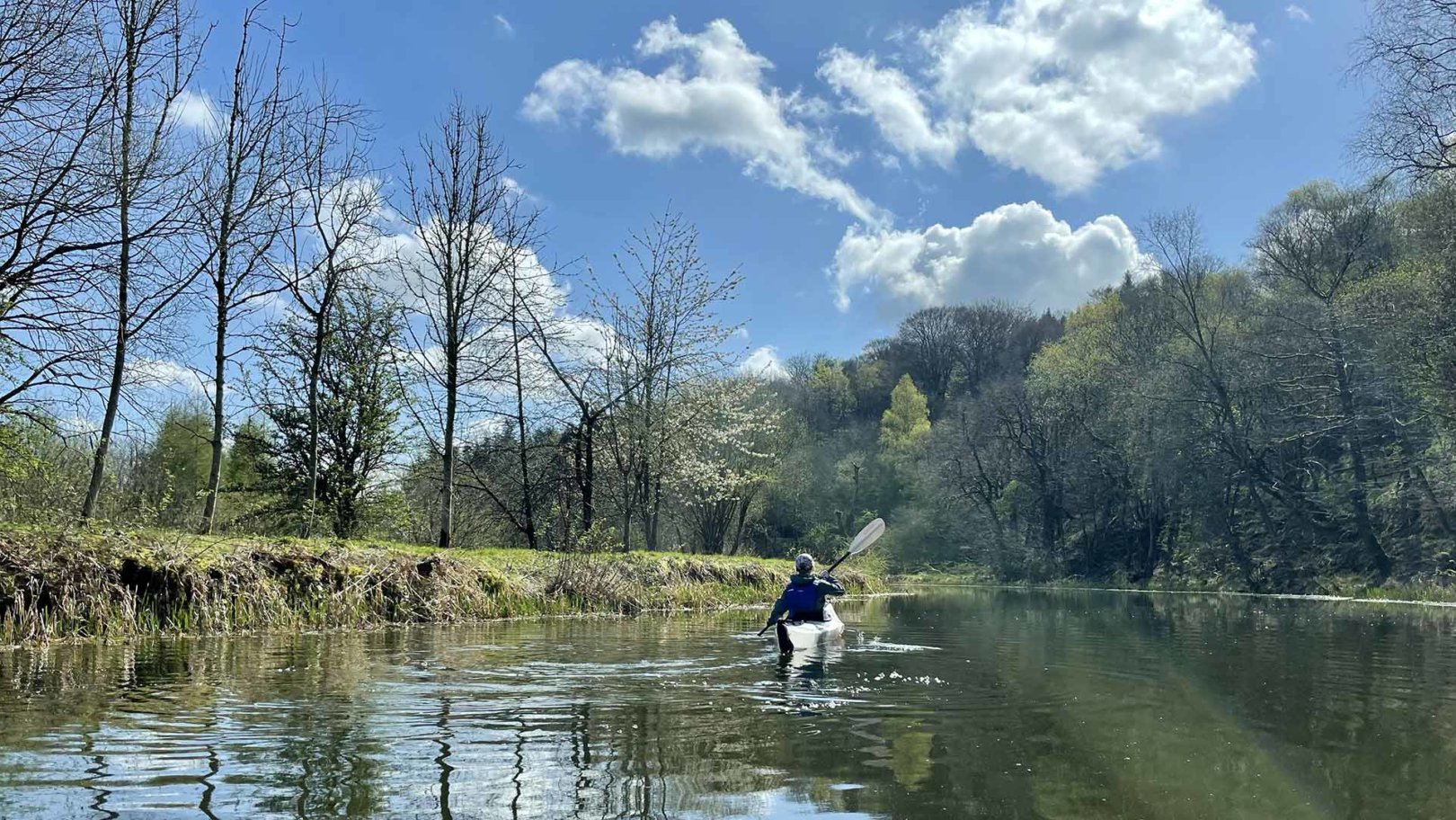
I turned around and lazily half-paddled, half-floated my way back to the beautiful town of Linlithgow. Maybe it was my imagination, but the sky seemed a little bluer, the grass a little greener, the wind and water a little calmer as soon as I did.
Finally, it felt enjoyable again. And wasn’t that the whole reason we’d come in the first place? Sure, I wanted to say I’d kayaked all the way from Glasgow to Edinburgh, wanted to say I’d “done a thing.” But even after calling it off, I’d still kayaked about 40 miles in just over three days.
I had a great time with a good friend, got a little stronger, learned a new skill and I ended the experience eager to try again and do more. Rather than, say, regretting I’d pushed myself too far, caused a permanent injury and then wishing I’d never gone.
At 31, I’ve learned that quitting isn’t a disgrace – it’s an art form
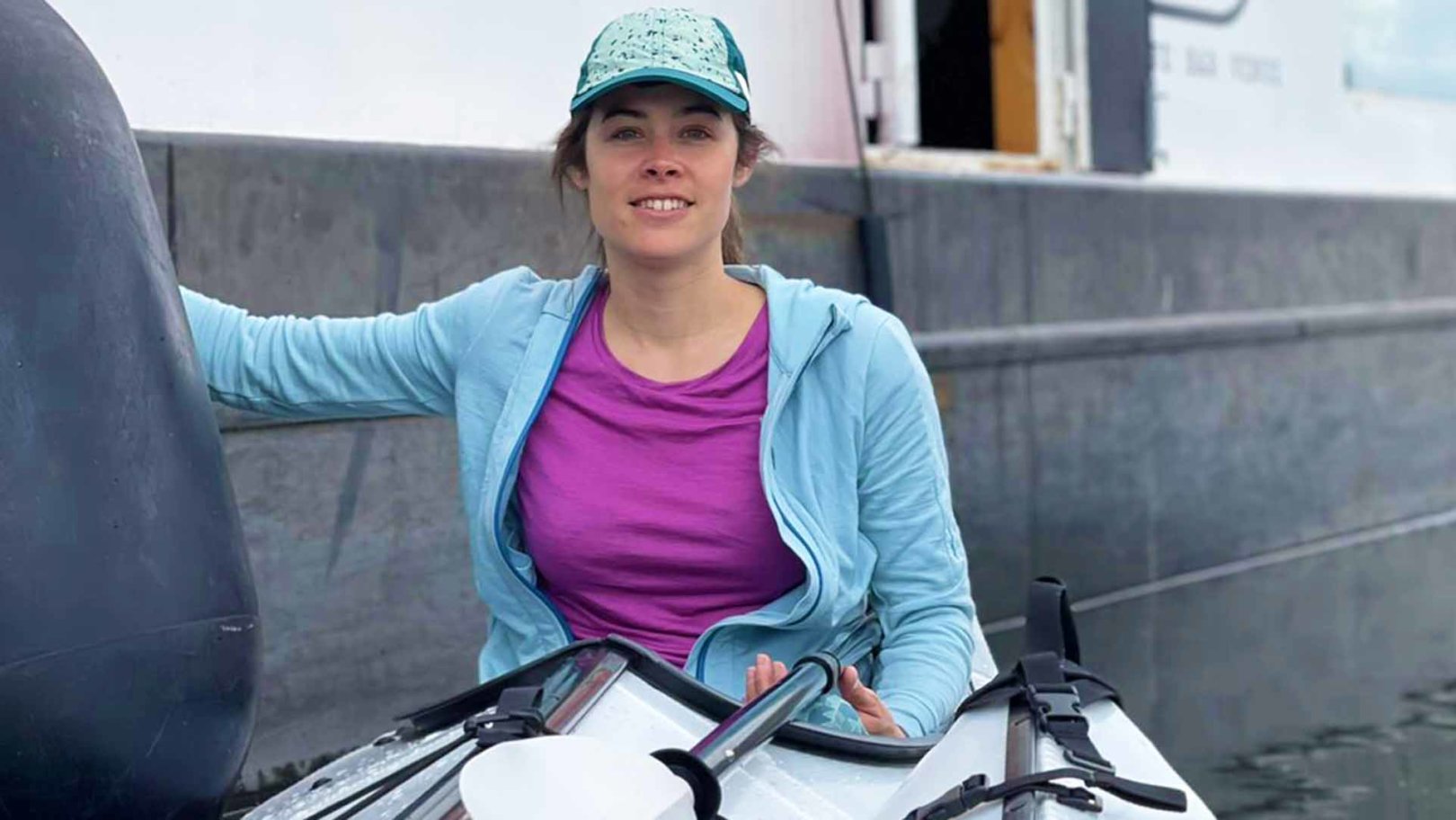
A few years ago, I might have propelled myself forward, all the way to Edinburgh, fuelled by vicious thoughts of how awful it would be – how awful I would be – if I were to quit. “Don’t be such a loser,” I might have said to myself. “It’s not even that hard. It’s just a little shoulder pain. You can rest later. You’ve told so many people you’re doing this. Think of how embarrassing it would be to tell them you couldn’t even finish.”
But now, at 31, I’ve learned that quitting isn’t a disgrace. It’s an art form. It’s not dumb or stupid or annoying to stop doing something that doesn’t feel right, isn’t fun, and/or is actively hurting you. It’s wise and it’s kind to your future self.
We hear so many stories about persevering in the face of pain or obstacles or exhaustion. But what I’ve learned from my 30s is that when you push onward in spite of firm resistance from your body, you’re taking out a loan against your own wellbeing. The interest rates are sky high, and when the bill eventually comes through (which it will), you’ll have no choice but to pay it. Everything catches up with you eventually.
Quitting is a little bit in vogue right now
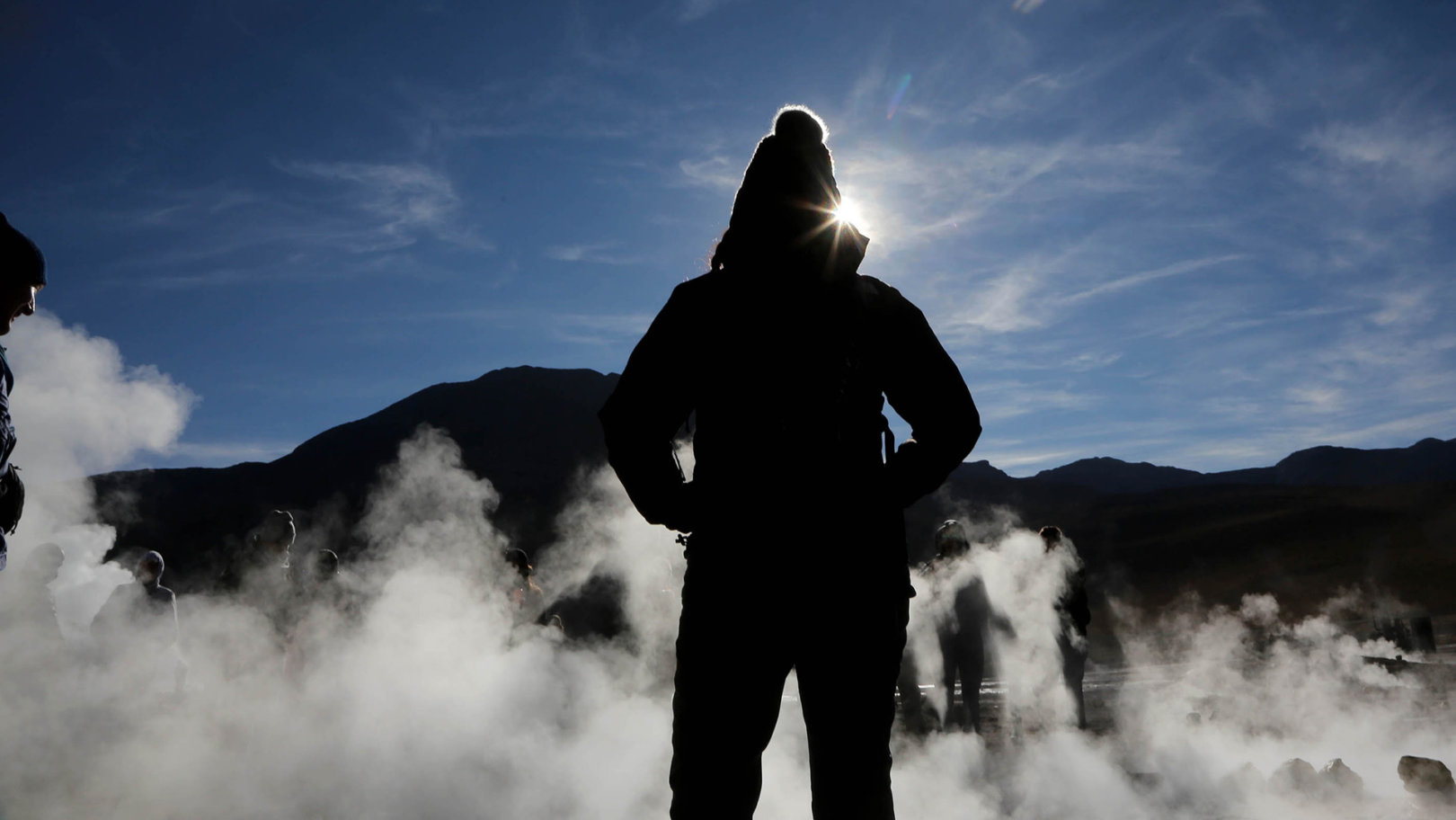
Quitting is a bit in vogue right now, if you haven’t noticed. Last summer, American gymnast, Simone Biles, made headlines when she pulled out of a competition in the Olympics to focus on her mental health. Reviews were mixed. Some criticised her for letting down her team; others praised her for putting herself first. Ultimately, not a single one of these opinions mattered – just hers.
Knowing your limits is a skill, not a hindrance. I think we can all learn something from Biles’ resolve to respect what her body was telling her, in the face of international criticism. Same goes for Emma Raducanu, who struggled with her breathing during her fourth-round Wimbledon clash and decided to call quits. Or Naomi Osaka, for that matter, who bowed out of the French Open after pressure from the world’s press.
Plenty of famous people you’ve heard of got to where they are by quitting something that wasn’t working for them: Vera Wang was a figure skater before she was a fashion designer, for example. Contrary to what many of us were told as kids, quitting something you don’t love to make space for something you do can actually be healthy. Studies have shown that letting go of goals that are taxing us can be good for our physical health, too.
Other good quits include me not climbing the Tetons
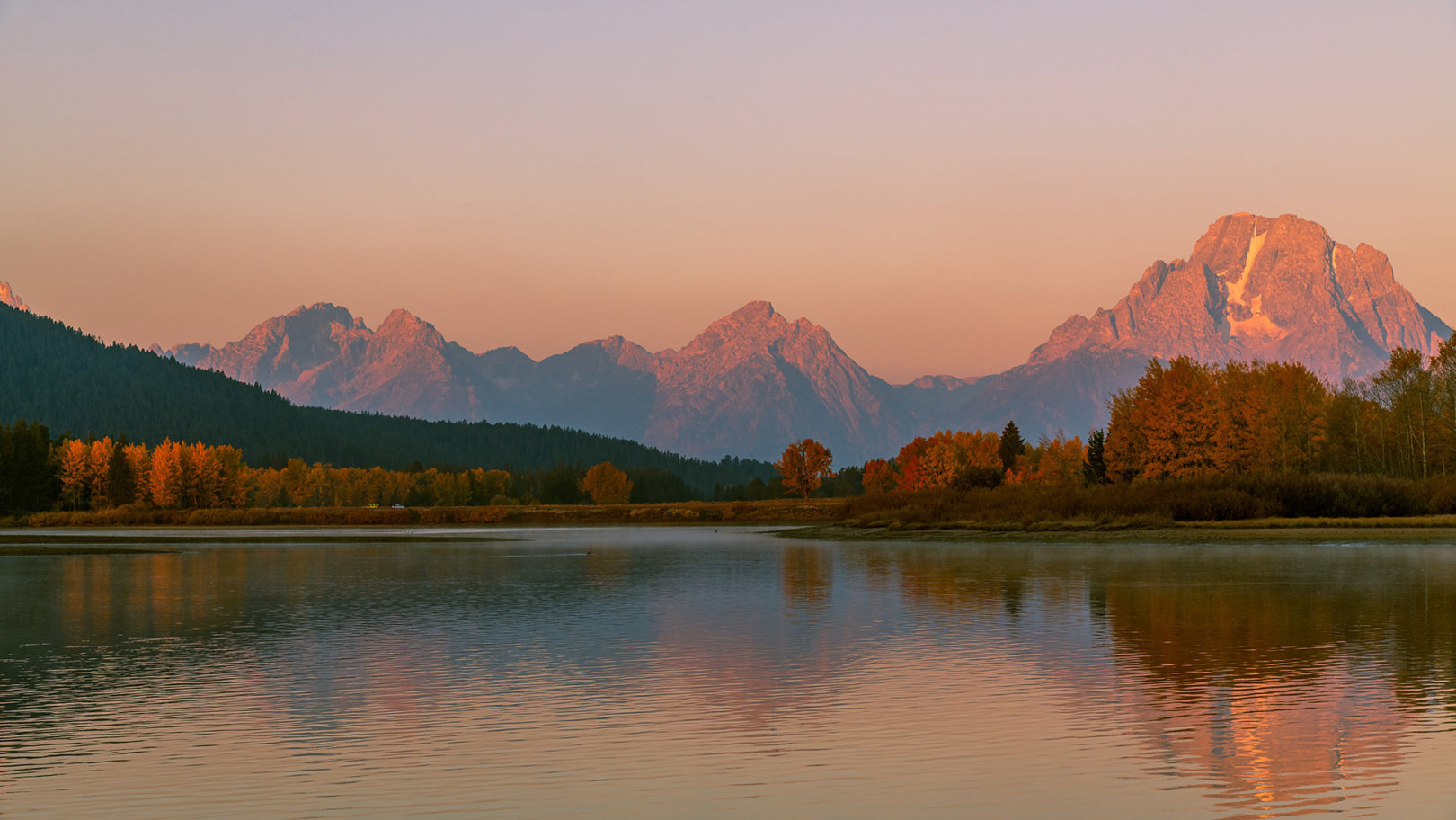
I had a few good quits in my 20s that helped set the stage for this one. At 24, I went to climb Wyoming’s Middle Teton with my then-boyfriend the first time I met his family. It was their third attempt to climb the mountain, having had to call it off for safety reasons multiple times in the past. I remember joking on the phone before the trip that I hoped I wouldn’t be the reason he didn’t make it this time.
It was the most serious hike I’d ever tried at the time: 13 miles with 6,000 feet of elevation gain and miles on end of picking our way through scree and boulder fields. I was by far the slowest of our group and whenever we stopped for a break, my knees started shaking.
I tried to put on a brave face and pretend I was happy to keep going. But when we made it to the Lower Saddle for a snack break – and the rest of the group got up to keep hiking – I started crying.
I was more exhausted than I’d ever been and couldn’t fathom pressing onward. I was ashamed. I didn’t want to be judged as a quitter. But while we were close to the summit, we weren’t even halfway done – we still had to get all the way back down. “The mountain isn’t going anywhere,” my boyfriend told me. And he was right: it’s always better to try again under better conditions than to risk your health and safety by continuing when you know you shouldn’t.
In Jordan, I quit and hitched a support truck back to camp
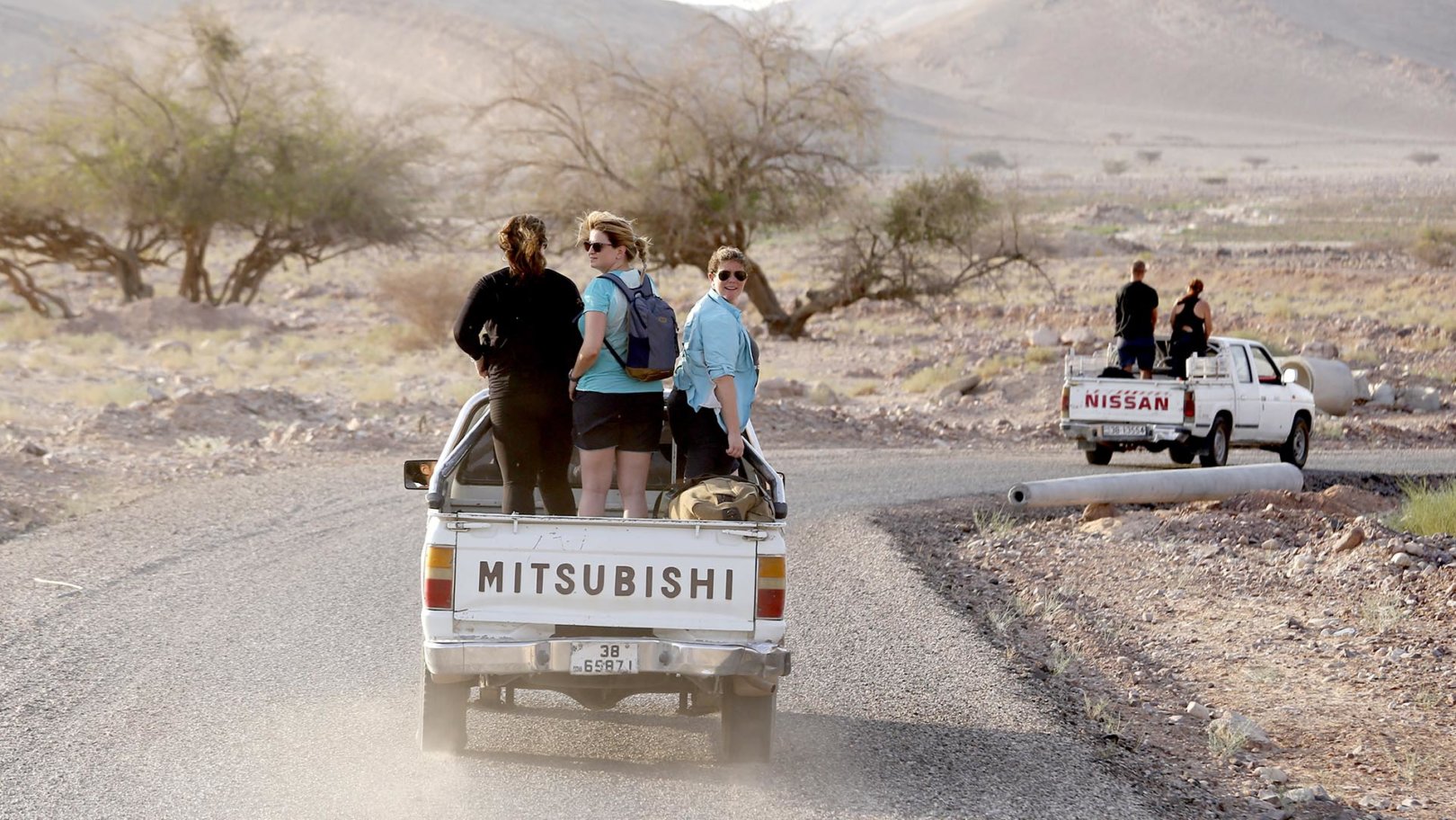
I’ve quit many things since then and I like to think I’m getting better at it. A couple of years later, in Jordan, on a super-hot day of hiking the Jordan Trail, I accepted a spot in a support truck instead of hiking the last few miles to camp. Last year, while hiking the Cotswold Way in England, I shaved a few miles by taking the shortcut across a golf course instead of going all the way around it.
I used to side with adventure purists who think you haven’t done something if you haven’t done every single mile of it. But no more. I’ve realised I’m the only one who’s keeping score of my own adventures. I’m the only one who can define adventure for myself. So, I’m going to play by my own rules. And if I can finish a trip feeling good, healthy, strong and like I’ve had a lot of fun, that’s far better than pushing forward to meet someone else’s idea of adventure.
Kassondra Cloos is a US-based adventure writer. Find out more about Flash Pack adventures right here.
Got a story or adventure that could inspire a solo traveller like you? Tag @flashpack on social or email [email protected] to be featured.
